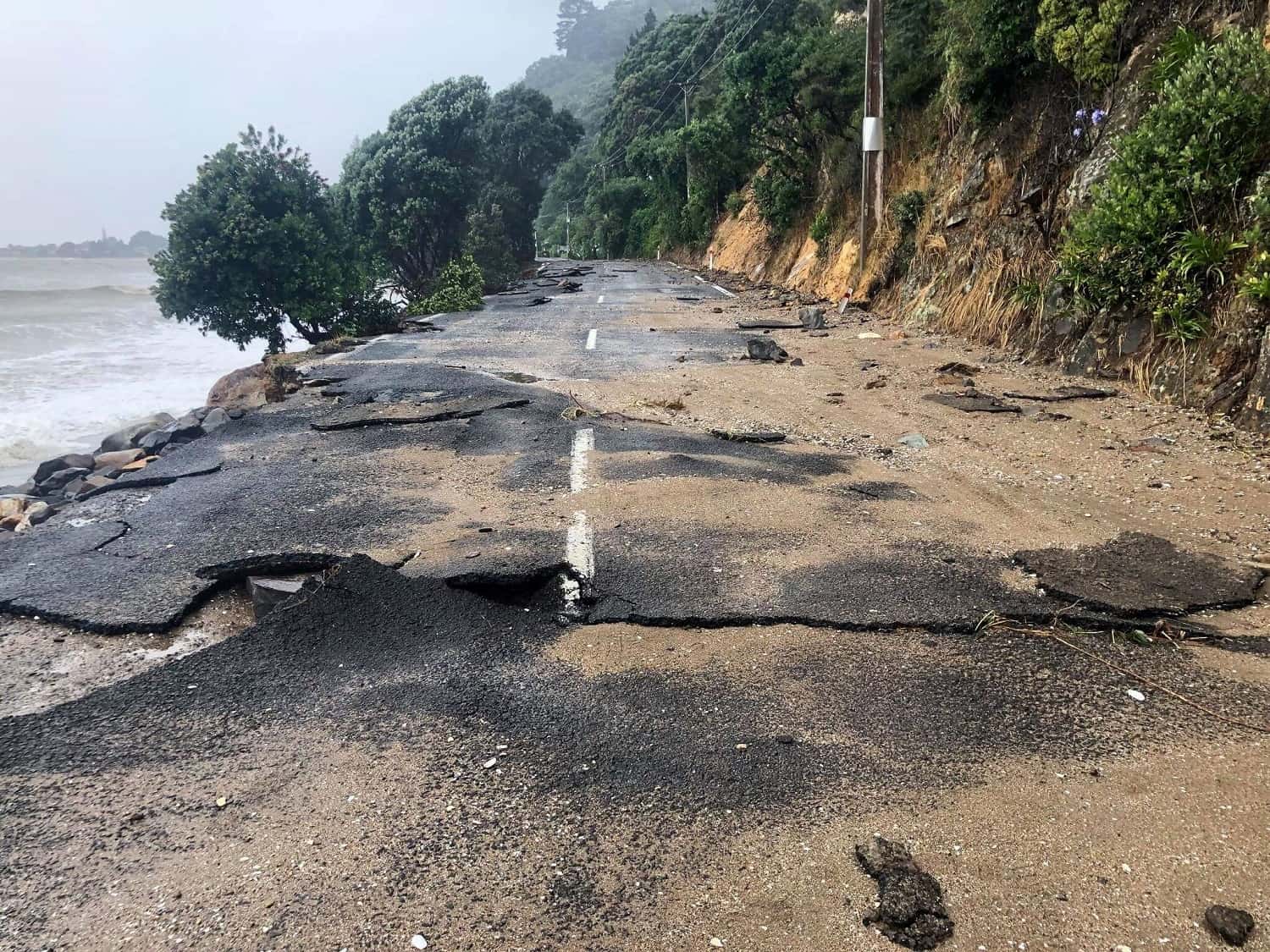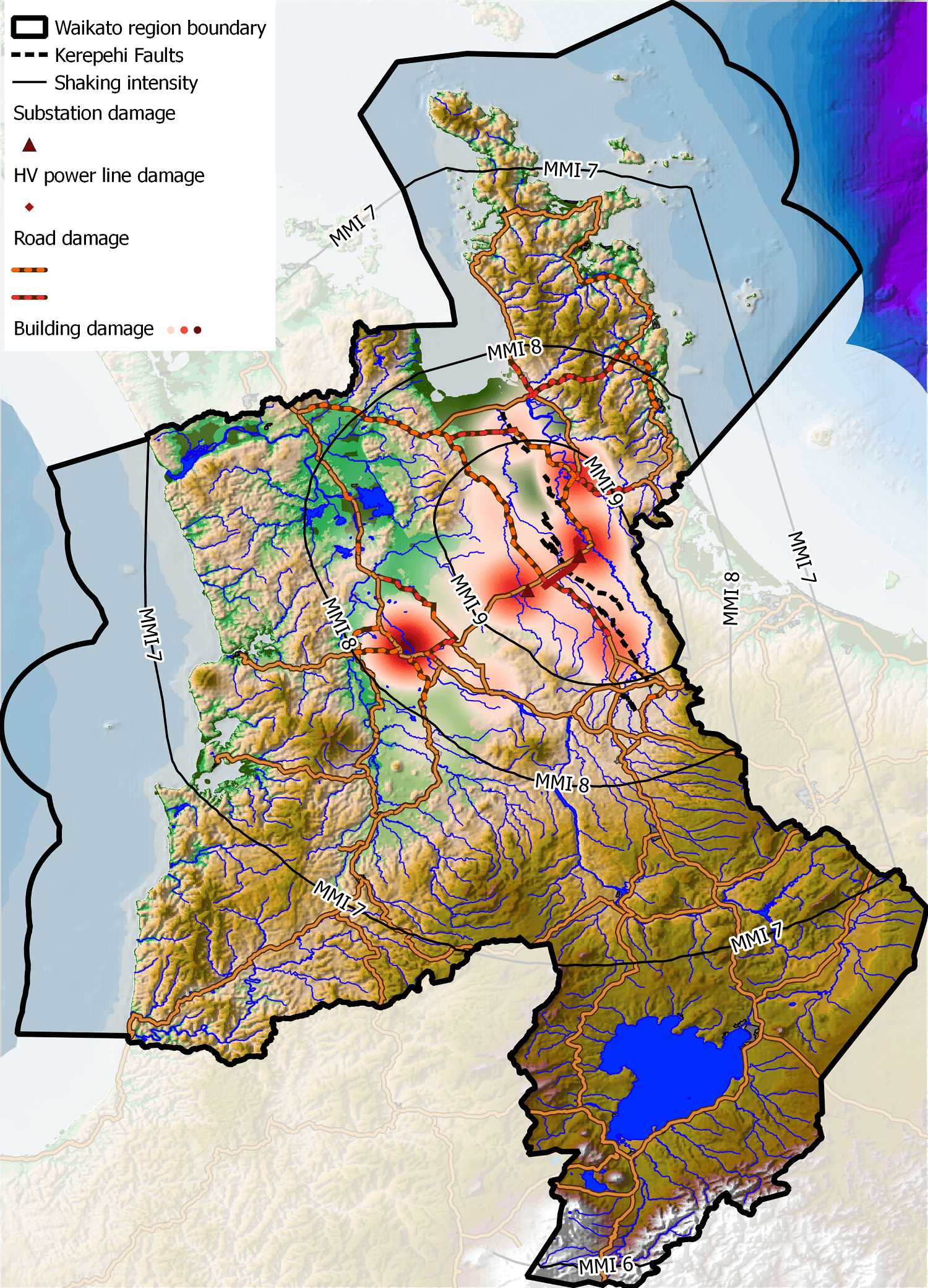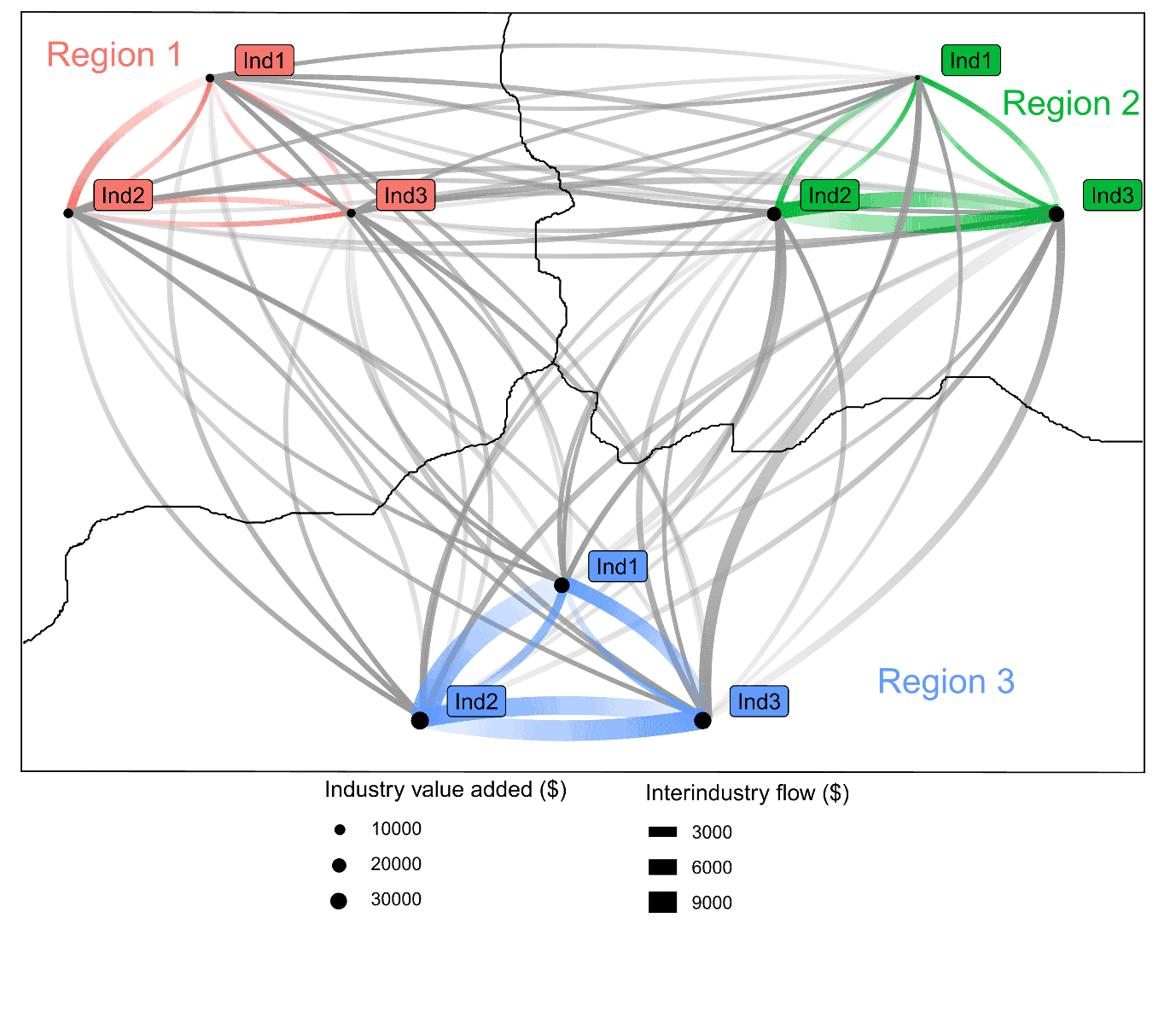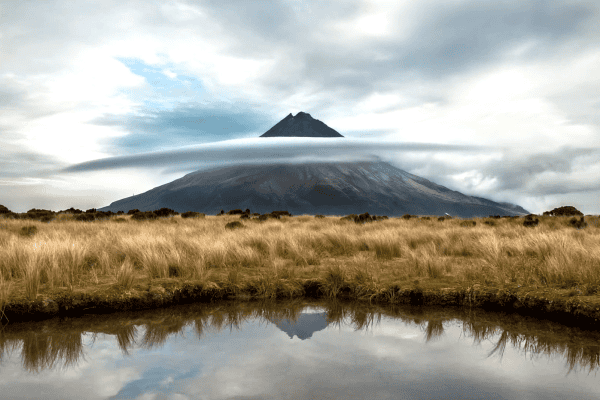Building the resilience of local economies to the flow-on impacts of natural hazard events
25/09/2018
By Emily Harvey, Stuart Mead and Morag Ayers
When a natural hazard event occurs, there are many direct impacts on people, infrastructure, and businesses in the area. These direct impacts often lead to substantial indirect impacts on other businesses in the area and further afield when goods or services are suddenly not able to be produced, purchased or transported. Using the Waikato Region as a case study, researchers in the Resilience to Nature’s Challenges Economics programme are investigating how the interconnections and interdependencies in the economy affect how these flow-on impacts propagate. Finding out what causes the effects to be amplified or reduced will help to inform resilience building strategies.

Co-creating natural hazard scenarios
In the first stage of this project we held a workshop process with stakeholders around the Waikato Region, including local and regional council members, CDEM, and the Waikato Lifeline Utilities Group. Within this process, researchers were able to listen to stakeholders and work out the key social, economic, cultural, and environmental impacts of natural hazard events that they were concerned about. From this workshop two natural hazard scenarios were selected based on the type of impacts they would have, the availability of data to model them, and the level of concern of stakeholders. The selected events were: a 6.9M Kerepehi Central fault earthquake that produces strong shaking in the Hauraki Plains region, and moderate shaking in other Waikato regions, and an extra-tropical cyclone storm event that produces a storm surge, high winds, and extreme rainfall.

Understanding interconnections in local economies
In the modern economy, infrastructure, businesses, and communities in local regions are interconnected in increasingly complex ways. The flow-on effects of a natural hazard event depend critically on the structure of the local economy and the infrastructure network, as well as on the interconnections between local economies. As local economies become increasingly complex, these impacts become increasingly challenging to analyse, with the potential for unforeseen consequences. In this project we are looking at local economies at the Territorial Authority (TA) level. Using datasets called Input Output Tables, we have quantifications of the flows (in monetary terms) between all the industry sectors within and between the Waikato TAs, as well as to the rest of New Zealand and the rest of the world (imports and exports). An example of the interconnections you see in this data when you look at the economy as a network is shown below.

Disrupting local economic networks
In this project we are developing a model that considers the disruptions to industries and regions that are up and downstream from direct impacts, and incorporates potential adaptations (e.g. sourcing goods from outside the region). We will use the two co-created natural hazard scenarios to investigate how impacts propagate following a natural hazard event in the Waikato region. By looking at a detailed local economy structure level, this work will help to identify consequences that are not directly obvious. We will also test artificial isolated disruptions to individual industries and industry connections to identify critical sectors or links.
Conclusions
Through this research we will identify the characteristics of local economies that enhance (or reduce) their resilience to natural hazards, as well as identifying ‘hot spots’ (critical sectors or critical links) within the economy that amplify disruptive impacts. Within the Waikato Region, the TAs range in structure and include some that are dominated by agriculture, some tourism driven, and the urban economy in Hamilton city. By looking at the impact that disruptions have in a range of both rural and urban local economies, our results will be applicable around New Zealand more broadly.



